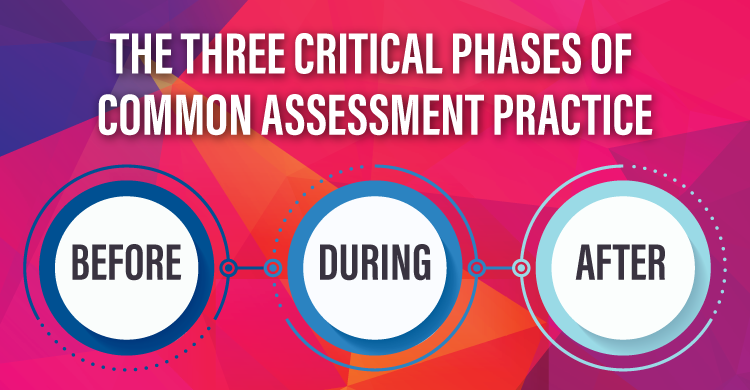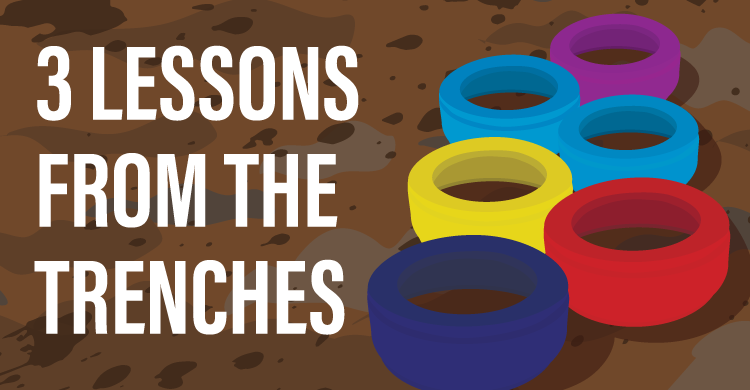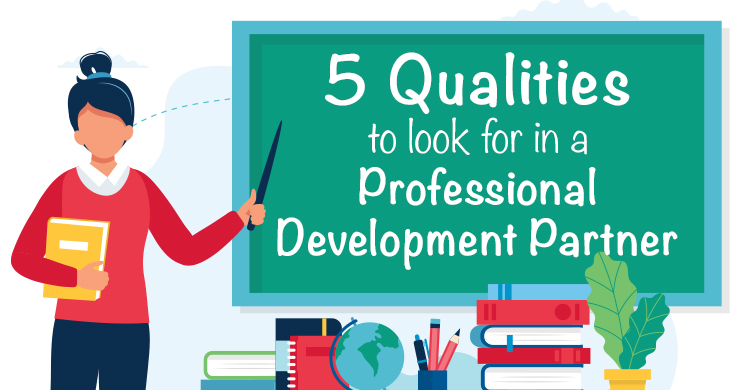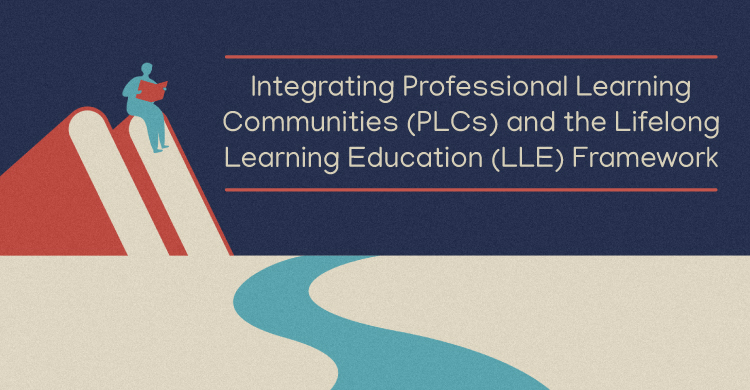Based on Simplifying Common Assessment
In the book Learning by Doing (DuFour, et al., 2016), the authors define professional learning communities as “an ongoing process in which educators work collaboratively in recurring cycles of collective inquiry and action research to achieve better results for the students they serve.”
In practice, the collective inquiry and action research process they describe is driven by team-developed common formative assessments. Common formative assessments are the way teams answer the guiding question, “How will we know they have learned it?” and when used well, empower teams to improve their students’ learning.
Whether a team is just getting started or working to refine their collaborative practice, it can think of the common assessment process in three major phases: before, during, and after. Let’s look at the considerations and actions teams must take within each phase.
Before
Before starting to create a common assessment, take the time to build collective clarity around what you’re trying to assess. Just as students benefit from having clear targets, members of a team must get clear on what they’re targeting through assessment, and they must be on the same page regarding their picture of student proficiency. Teams accomplish this by collectively examining the essential standards they will be teaching and breaking it down into specific targets that students will learn.
To guide this conversation (something we call unwrapping), teams answer the following questions: What are the concepts, information, definitions, and processes that students will know? What are the skills, performances, and actions that students will be able to do or demonstrate? Building collective clarity around the learning target also includes an examination of rigor inherent in the standard itself, as well as the learning targets. As part of this conversation, teams also reach consensus around a shared picture of proficiency, which includes discussion around cognitive demand of a task students would be able to complete by the end of the unit. Once team members are all on the same page with the learning targets and the level of rigor inherent in the skills, then choosing or creating assessment items aligned to those targets becomes a lot easier.
During
During the process of designing and giving the assessment, keep the end in mind at the forefront. During the “Before” phase, teams get clear on their end in mind for student learning. That picture of proficiency is now made tangible through the selection or creation of aligned assessment items. The goal is to identify or create assessment items that efficiently and accurately gather evidence around the learning targets. Teams must keep referencing the targets they identified as they design their assessment items, or they run the risk of creating misaligned items.
The first question teams should ask during the design phase is, Will this item give us the evidence we need to determine whether a student learned the targeted skill or concept? Teams should work to make a dot-to-dot connection between what they’re looking for in their students’ learning and the evidence gathered through their assessment items.
Teams also ask the question, Is this assessment task aligned to our targeted level of rigor? Items can be created or selected to align with rigor in three major ways, including the cognitive demand of the task itself, the stimulus used within the task (e.g., the complexity of the text), and the level of prompting or support provided. For example, a team might decide to scaffold specific skills and incrementally adjust the level of rigor of the assessments over the course of several units.
Finally, teams ask, Is our expected performance on this assessment aligned to our picture of proficiency? This critical question guides teams to build consensus around their criteria for proficiency, including the quality of work that is targeted with students. Reaching agreement about proficiency on the assessment up front, in other words, before the assessment is given, is critical, and will serve the team well as when entering the next phase of the process.
After
After giving the assessment, work together to gain insights from the results, and use the information to help students learn more. What makes an assessment formative in nature is based upon whether teams use the information to help students learn more. Effective teams follow a Plan-Do-Study-Act cycle of improvement and intentionally build the analysis of common formative assessments results into their routine practices. Using a protocol such as one included in the book Simplifying Common Assessment (Bailey and Jakicic, 2017), teams can engage in meaningful analysis to determine the students demonstrating proficiency, those exceeding proficiency, and those requiring additional time and support. Ideally, teams bring actual student work to the table so members can visually examine strengths, error patterns, and potential misconceptions demonstrated by students—information that will help the team develop a response specific to student needs.
Based on the analysis, teams identify specific actions they will take to intervene with students who haven’t yet hit the target. Throughout the process, teams continuously examine the impact of their instructional strategies on student learning and make observations about their curricular plan so that they can make improvements as needed. The processes seen within this phase are focused, action-oriented, and lead to improved learning.
Collaborative teams can harness the power of common formative assessments and guide their work by being intentional about the critical actions needed before, during, and after the assessment. By remaining focused on these critical actions, collaborative teams will be empowered to do the right work and collectively make a positive impact on their students’ learning.
References:
Bailey, K., & Jakicic, C. (2019). Make it happen: Coaching with the 4 critical questions of PLCs at work®. Solution Tree Press.
Bailey, K., & Jakicic, C. (2017). Simplifying common assessment: A guide for professional learning communities at work®. Solution Tree Press.
DuFour, R., DuFour, R., Eaker, R., Many, T. W., & Mattos, M. (2016). Learning by doing: A handbook for professional learning communities at work®. Solution Tree Press.
[author_bio id=”210″]






